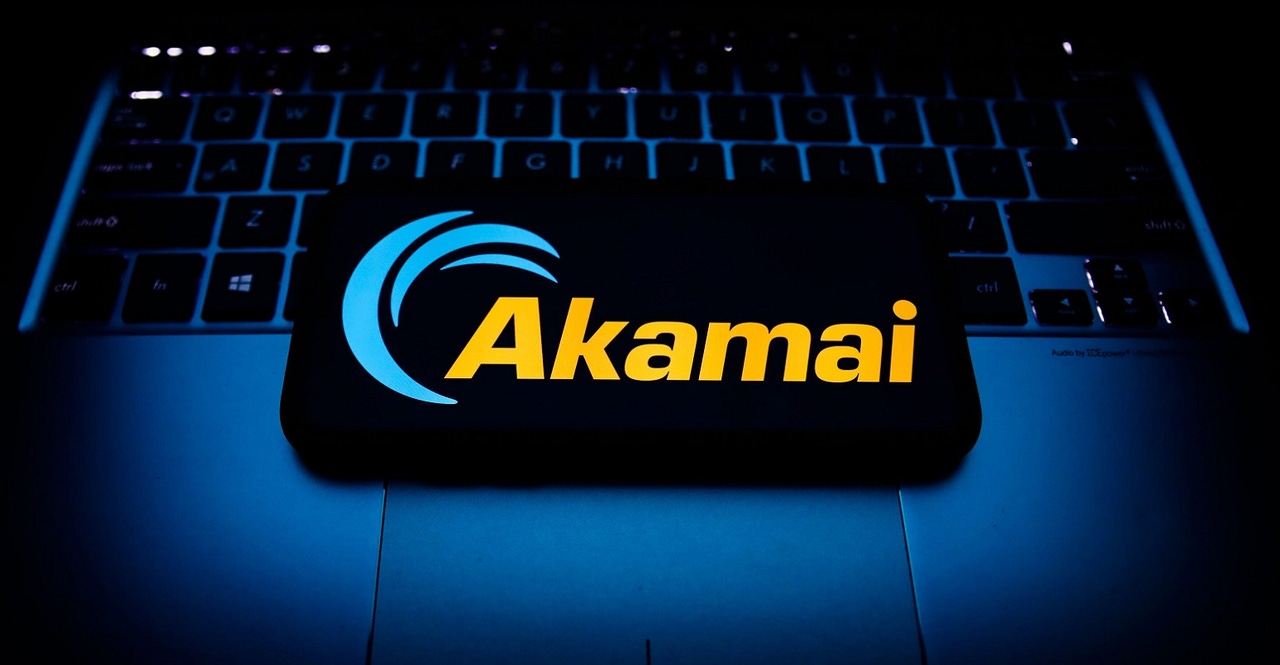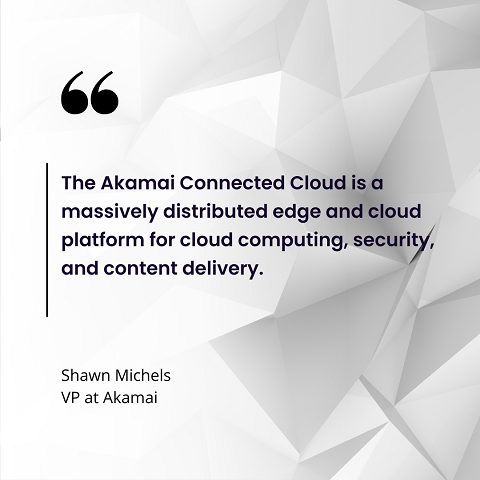Akamai Connected Cloud Takes Flight with Core and Distributed EdgeAkamai Connected Cloud Takes Flight with Core and Distributed Edge
Akamai Technologies launches Akamai Connected Cloud, a distributed edge and cloud platform for cloud computing, security, and content delivery.

Akamai Technologies today announced a new initiative to unite the company's disparate capabilities into the new Akamai Connected Cloud platform.
Akamai is perhaps best known as a content delivery network (CDN) and edge network provider that has been in operation since 1998. In recent years, the company has increasingly been moving into the cloud computing space, notably with theacquisition of Linode for $900 million in February 2022. The new Akamai Connected Cloud is an attempt to unify Akamai's cloud effort with core computing, distributed cloud, and edge platform capabilities.
As part of the Connect Cloud launch Akamai is announcing:
New enterprise-scale cloud computing sites in the U.S. and Europe
An expansion of distributed cloud computing sites
Cloud egress pricing adjustments
Standards compliance with ISO, SOC2, and HIPPA regulations
The Akamai Qualified Computing Partner Program
"The Akamai Connected Cloud is a massively distributed edge and cloud platform for cloud computing, security, and content delivery that keeps applications and experience closer to the user and further away from threats," Shawn Michels, vice president of product management, compute, and apps for Akamai, said during a media briefing.
How Akamai Defines the Connected Cloud
Akamai's approach to the cloud involves multiple tiers of computing infrastructure and distribution services. Michels said Akamai is aiming to have different types of infrastructure and services in order to allow customers to manage workloads with the best type of compute for the job.
Related: How to Build a Personal Cloud Server for Private File Storage at Home
Core sites. The first tier in the Akamai Connected Cloud is the concept of core sites. A core site is somewhat analogous to the concept of an Amazon Web Services (AWS) region, Michels said. Within the region, there are a series of highly scalable data centers with broad computing capabilities with very dense compute resource capabilities.
Distributed sites. The concept of distributed sites sits in between edge computing capabilities and core computing capabilities. Michels explained that distributed sites are designed for lightweight processing in many locations around the world. A distributed site has fewer services than a core cloud site and is optimized for enabling distributed micro services.
Akamai Connected Cloud Expanding Computing Capabilities and Locations
As part of the Akamai Connected Cloud launch, the company announced an expansion of its core cloud site capabilities.

Michels-Akamai
Michels noted that today Linode has 11 core sites that are now part of the Akamai Connected Cloud. The plan is to add 13 new cores sites in the near future, with three new sites set to debut by the end of the second quarter of 2023.
Distributed sites, which are a new part of the Connected Cloud, will also be keeping Akamai busy in 2023. The plan is to roll out distributed sites to 50 cities over the course of 2023.
"Our goal is to take these distributed sites and use them to compute into difficult to reach locations, so we'll be focusing on areas like Southeast Asia, Latin America, or parts of the Middle East," Michels said.
The overall goal is to have cloud compute capabilities deployed that enable organizations to improve performance and that also make it easier for end customers to reach users that they may not be able to address easily today, he said.
Akamai Connected Cloud vs. Multicloud
While the Akamai Connected Cloud connects multiple aspects of Akamai's network together, it's not necessarily a multicloud platform.
Michels explained that Akamai's CDN capabilities can be used as a way to bridge multiple clouds and multiple points of origin. The Akamai Connected Cloud approach to multicloud is about being extensible, according to Michels. For example, for things like Akamai's Kubernetes support, the company is deploying it in a way that doesn't lock users into the platform. The same is true for identity and access management — Akamai is deploying it in a way that Michels said wouldn't preclude anybody from running their application in a multicloud environment.
"In fact, one of our design philosophies is if a customer can't easily migrate their application from us to another cloud, we've done something fundamentally wrong in the development of the architecture," Michels said.
About the Author
You May Also Like









